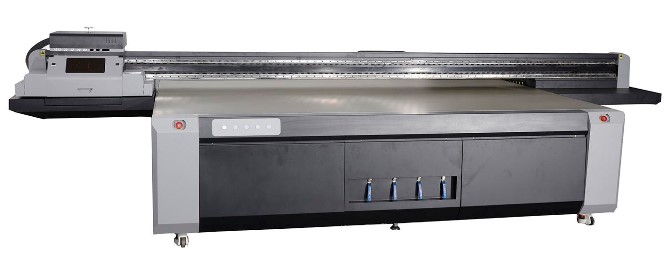High Peak Power AC-DC Power Supply Application and Product Selection: HRP-N3 Series
By: Yuekai Zhu /Technical Dept.
zhuyk@meanwell.com.cc
With economic development and industrial improvement, DC motors are more commonly used than ever before. Nowadays DC motors play a critical part in applications from home appliances to industrial equipment, such as blenders, coffee machines, banknote counters and industrial robots. To drive these electrical motors or inductive loads, power supplies must be able to handle high startup peak current, usually equal to several times the rating current. To fulfill such characteristics, there are several solutions for design.
- Change to a power supply with a higher rating: It is common to purchase a 450W power supply to drive a 150W DC motor that has a 300% peak current. This is, however, an overkill design and results in higher product cost and larger size.
- Parallel more power supplies to increase driving capacity: The second option is connecting multi-power supplies in parallel to drive the loads. Yet, more power supplies mean increased cost as well as less space for other components.
- Optimize the system to reduce peak current: Create a sequence to turn on the motors separately to decrease startup current. However, this may have a negative impact on starting characteristics.
The above are obviously compromised solutions for driving motors. The best solution is to have a power supply that is right to handle continuous rating power and capable of generating high peak power in a transient period, which not only can effectively reduce the cost and size, but also is convenient for installation. For the needs, MEAN WELL has launched the HRP-N3 series, a single output AC-DC power supply with power factor correction function, featuring up to 350% Short-duration Peak Power Capability for 5 seconds. There are HRP-150N3/300N3/600N3 available in the series.
To use the peak power products, there are several requirements to follow:


Figure 1. High peak power period diagram
Example for Power Selection:
A 24V DC motor for an application of banknote counter with power requirements below: peak current: 66.7A (800W), peak power duration: t < 5sec. with duty 10%.
What is a suitable power supply for this application?
1. According to its peak power requirement, there are HRP-300N3-24, HRP-600N-24 and HRP-600N3-24 that can be candidates. Let’s select HRP-300N3-24 first, which is the smallest one in power rating for matching.
2. Do a calculation by following the formula and peak output power curve (Fig. 2).

If you choose other duty, you can use the interpolation method to calculate the corresponding peak power according to the curve.
3. Conclusion:
- Based on lower product cost and smaller size, it is suggested HRP-300N3-24 and adapting input range at above 200Vac. If it is required to have a full range input, HRP-600N-24 can be an alternative solution.
- With the requirements of 800W peak power and t < 5sec, Period: ≧ 45sec, meaning the supply should be cooled down (or at Pnpk mode) for at least 45 sec before starting another peak power output.
- Non-peak output power(Pnpk): ≦ 284.4W

Figure 2. Peak output power curve for HRP-300N3
Application Examples:
Case 1: Industrial Robotic Arms
A robotic arm is a mechanical, programmable device that has similar functions to a human arm and can be used to execute a specific task. Robotic arms use motors to achieve joint movement. The HRP-N3 series can provide up to 350% peak power for 5 seconds to fulfil transient energy demands in the startup for the motors. Consumers no longer need to spend more money on power supplies with the higher rating.
用於機器手臂示意圖.jpg)
Figure 3. Application for robotic arms
Case 2: Large Printers
A large printer utilizes motors to drive the rollers. The equipment only takes a few hundred watts during the normal printing process, however, its transient power requirement reaches more than 1,000W when the rollers start working. The HRP-600N3 model can perfectly fit this application and avoid overkill design.

Figure 4. Application for a large printer
1. High Peak Power Supply
2. Large Printer
